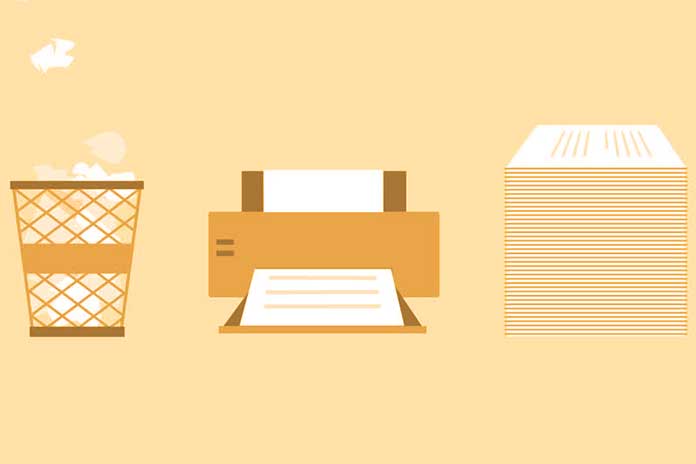The electronic delivery note is a document that is an integral part of the exchange of information that occurs during the delivery of goods. In fact, the delivery note accompanies the goods during their transport to the customer in order to verify that the goods transported actually correspond to the order form.
In the logistics chain , the exchange of messages between business and logistics partners is essential to ensure the success of operations. Thanks to EDI (Electronic Data Interchange) technologies, messages are dematerialized, sent immediately and securely.
In EDI, delivery notes (or shipping notices) are codified in several ways, depending on the standard language used. For example, in the X12 standard, the standard most used in the United States, the code used is 856 ASN, in the EDIFACT standard, the most common standard in Europe, the code used is DESADV (Dispatch Advice).
Delivery slips include as much information as required by the business. Generally, the main data exchanged are: the identity of the sender of the goods, that of the recipient, the date and time of delivery, the type of product sent as well as its codification. Depending on the product, the expiry date can also be added, as can the list of all the products contained in the palette, etc.
The greater the amount of information, the more precise the traceability of operations, thus optimizing the routing of the logistics flow.
The function of the DESADV message is to inform the customer of the shipment of the goods. This system is beneficial not only for the customer, but also for the supplier.
List of advantages of using the electronic delivery note for the customer
- Security: The flow makes it possible to check whether the goods received coincide with the delivery note. With EDI, these two documents can be dematerialized and traceable in order to prevent any inconsistency between the two messages.
- Forecast: The arrival of goods is predictable with greater accuracy and faster.
- Planning: Warehouses or goods reception areas can plan the unloading of products in advance, thanks to the anticipated reception of the DESADV. This routing of information makes it possible to streamline the process of receiving goods, to optimize space and therefore to optimize inventory control.
List of advantages of using the electronic delivery note for the supplier
- Optimization of product delivery management: The automation of this flow and its instantaneous nature make it possible to process information much more quickly.
- Guaranteed delivery of goods: Once the customer receives the shipping notice, the solution automatically sends back a confirmation notice, making the process completely seamless.
- Reduced payment times: The automation of order verification procedures contributes to the reduction of administrative processing time, which leads to shorter payment times.
Also Read: Five Tips To Help You Avoid Sending Misleading Invoices

